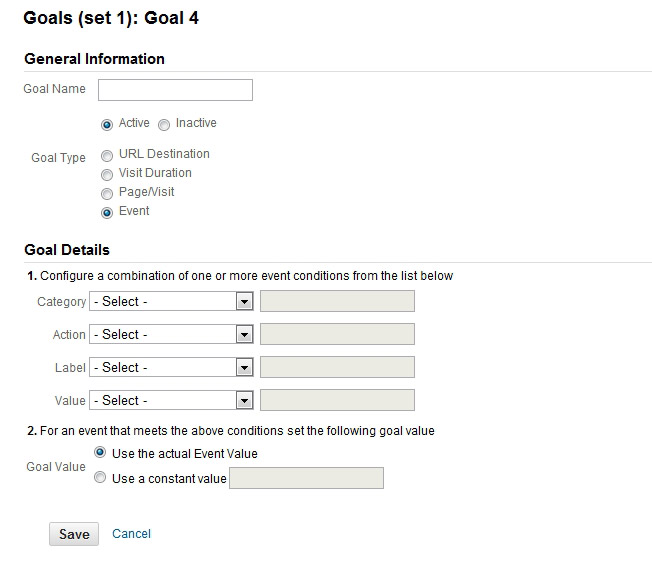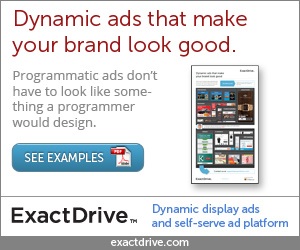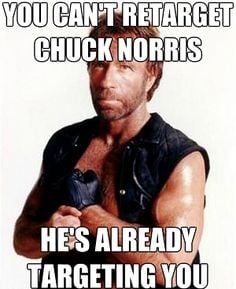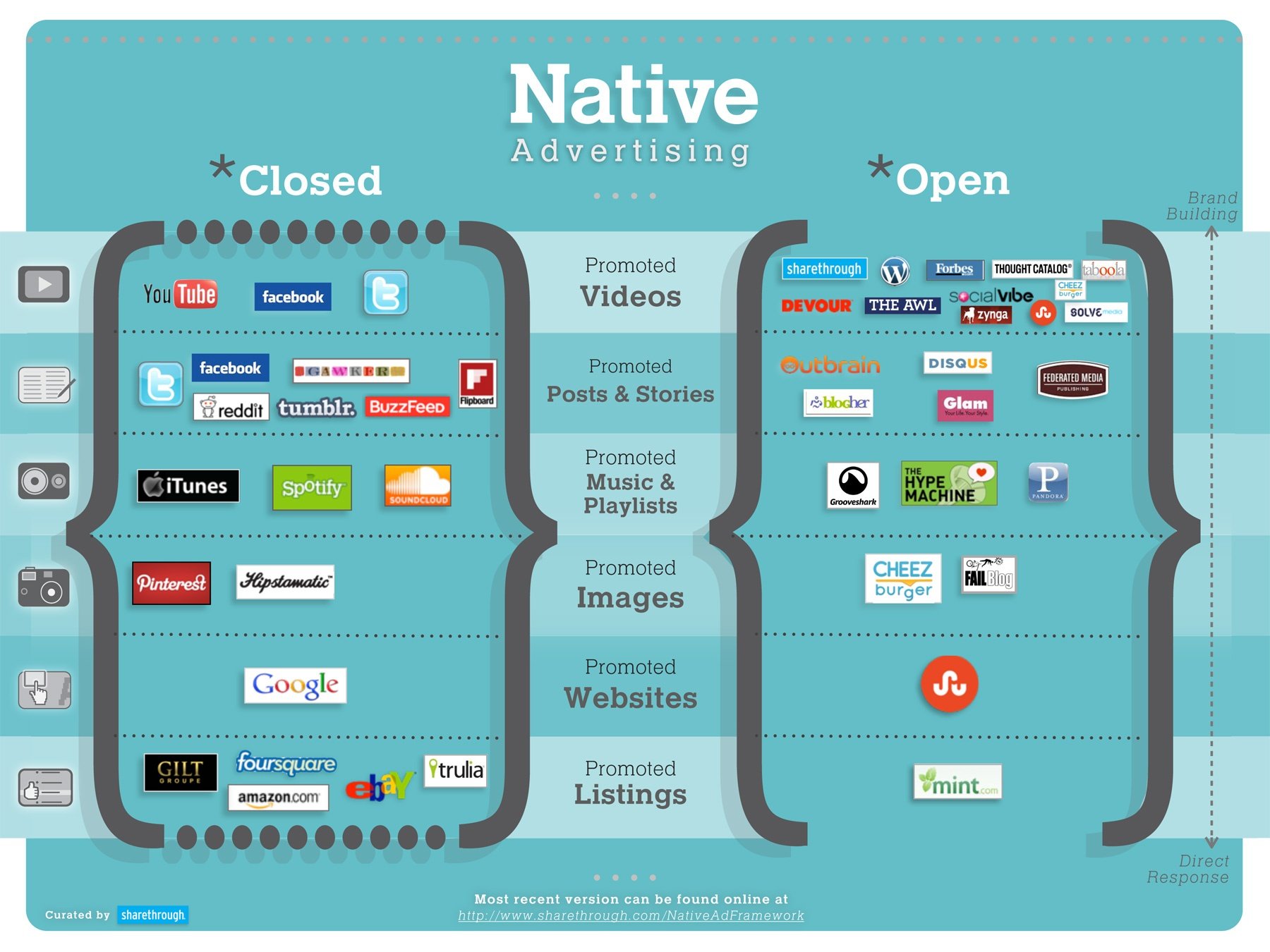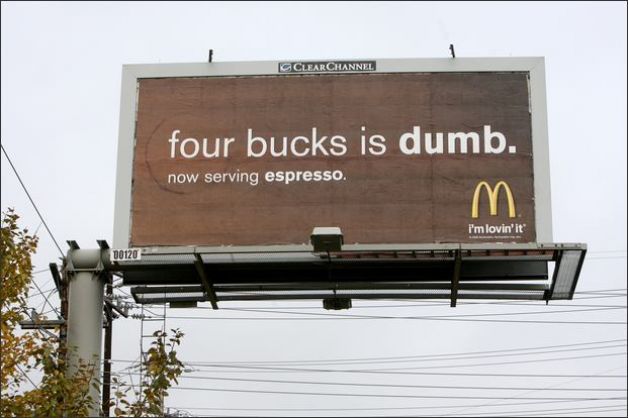The online world of advertising as we used to know it has changed over the recent decades. Where banner ads used to earn about a 44% CTR, today, these ads have to work much harder if they want to get the attention of an audience, and convince that audience to progress into action. Although trying out new creative solutions and thinking outside of the box with your banner creations can help, one of the best solutions for developing successful banner ads lies within the welcoming arms of Google Analytics.
If you've been spending your advertising budget on just about any kind of advertising, then one of the most important things you'll need to ensure that you're not simply wasting your money, is follow and analyze the performance of those ads. Although you may not necessarily make your banner ads directly through Google analytics, you can use those analytics to improve the banner creatives you do create, and increase your chances of click-through and conversions.
Read More


